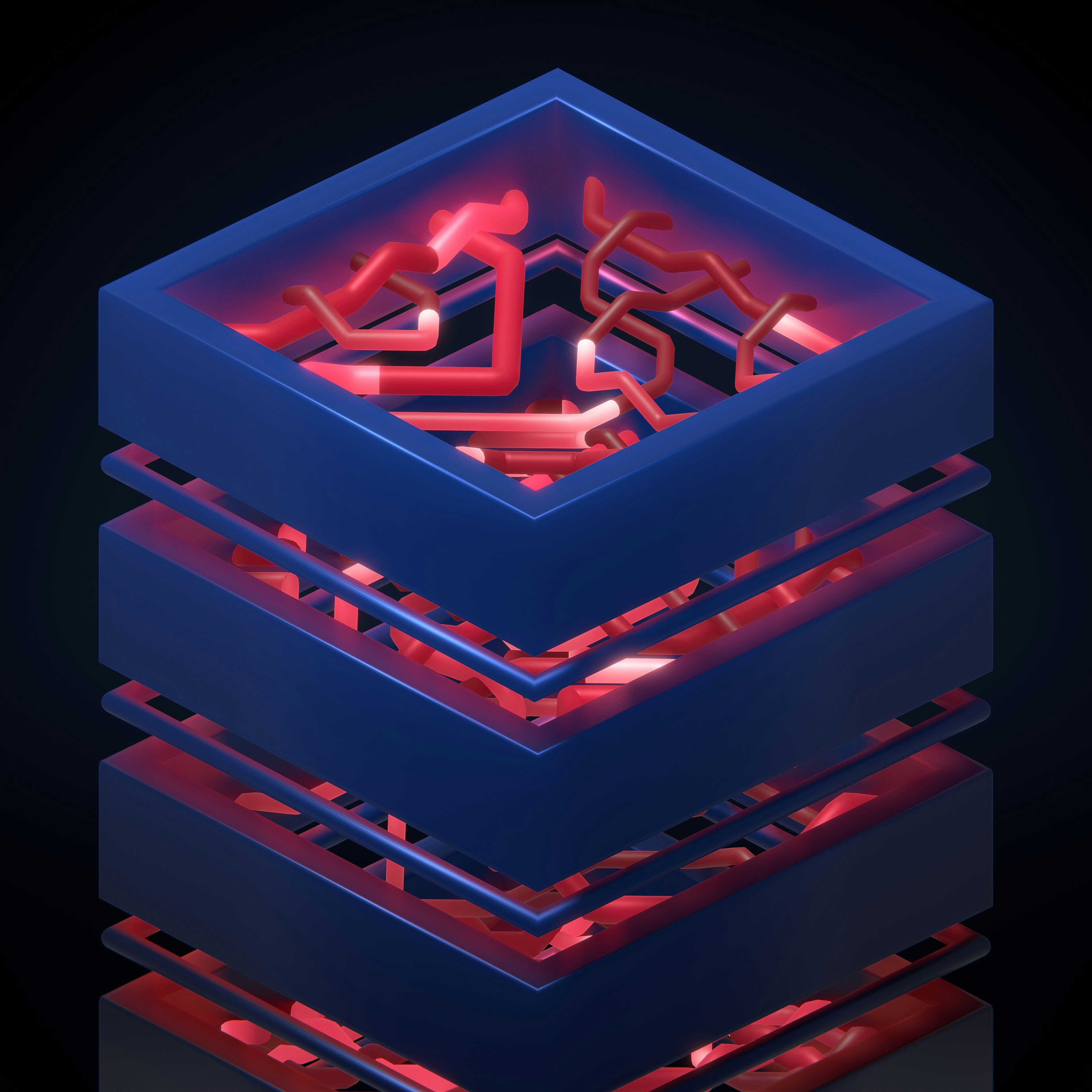Angular Development Pros and Cons: Is It Right for Your Web Application
Choosing a front-end framework like Angular for your web application can significantly impact development speed, scalability, and maintainability....
6 min read
Written by Keith Shields, Aug 28, 2025

Overwhelmed by the Tech Stack Maze? Avoid Costly Mistakes & Build a Foundation for Success
Choosing the right technology stack for your software project can feel like navigating a maze. One wrong turn could lead to costly delays, performance issues, and a product that fails to meet expectations.
The perfect tech stack isn't just about the latest trends – it's about aligning technologies with your unique project requirements, business goals, and long-term vision. It's the foundation upon which your software's success is built.
As a SaaS founder, your tech stack isn’t just a technical decision; it’s a business-critical one. Whether you’re a seasoned, experienced, or non-technical founder exploring no-code, low-code, or custom builds, making smart, aligned choices early on sets the foundation for long-term success.
In this ultimate guide, we'll demystify the tech stack selection process. You'll learn essential best practices, explore popular and emerging tools, and gain insights to make confident, scalable decisions, whether you're building an MVP, scaling a SaaS platform, or validating an idea with no-code.
In software development, a tech stack refers to all the technologies used to build your application. These include programming languages, front-end and back-end tools, frameworks, APIs, libraries, and databases. Other services, like cloud infrastructure, are also part of the tech stack umbrella. Each layer of the stack serves an essential product purpose.
The right technologies for your tech stack will depend on many factors specific to the product you’re building. Keeping these principles in mind, regardless of your end goal, can help you maximize your chances of building a successful tech stack.
While it’s tempting to think big from the get-go, don’t underestimate the importance of a reliable solution. Gaining user trust is invaluable, especially in the early days of your product. Opt for a stable tech stack that supports a predictably excellent user experience. Prioritizing scalability too early can overcomplicate your app. Simplifying your idea to the essentials and focusing on initial users can help you avoid choosing complex, feature-packed tech stack options.
Along the same lines, prioritizing core components is key to success. Before selecting your tech stack, define your Minimum Viable Product (MVP). When you clearly understand exactly which functionalities and features to include in your app, you’ll be better equipped to decide on technologies that support those needs.
You’ll also want to establish a realistic runway, including budget or timeline restrictions. Consider the long-term cost and what’s maintainable beyond your initial product launch. Lastly, although stability is essential, you should consider your long-term scalability needs. Opting for flexible, adaptable technologies over more rigid ones can prepare your product for future growth.
Learn More: How MVP Development Helps Startups Secure Funding
For non-technical SaaS founders, no-code and low-code platforms offer a fast, affordable way to build a proof of concept and validate whether an idea is worth pursuing. But while they shine in the early stages, their limitations often appear as your product grows.
Here’s how they compare:
No-Code Works Best When:
No-Code Falls Short When:
No-code can be used as a starting point, but a lean, clear long-term product vision is key. If you’re ready to develop a scalable and successful MVP, begin your journey in the SolutionLab.
Different solutions serve different key functions in the overall product design. For example, some technologies are explicitly used for the front end, the part customers interact with. Others are reserved for back-end, or server-side, functions.
The choice of one technology over another can have important product implications. For example, trendier programming languages can attract developers, while unfashionable ones can make hiring harder. Likewise, newer technologies might have more issues but often offer promising features. Older ones tend to have extensive documentation and robust communities, but may present important limitations.
Understanding your options can help you make tech stack decisions with clarity and confidence. Let’s take a look at some of the most popular tech stack solutions for app development.
A front-end solution determines anything that the end-user can interact with, from the colors of the user interface to the way a switch slides.
Learn More: Read about Genchi, a successful web app developed in Angular and Node.
The back end, or server-side, refers to infrastructure that is not visible to the user but is critical for allowing software to function. A back-end tech stack has several layers and can include databases, servers, and frameworks.
Cloud computing and agile, iterative development often go hand-in-hand. The cloud tech stack architecture includes infrastructure, platforms, and software.
Here’s a comparison table of popular tech solutions, pros, cons, and what they are ideal for:
|
Category |
Pros |
Cons |
Ideal For |
|
Front-End (React, Angular) |
Fast UI, component reuse |
Can bloat if unmanaged |
Scalable SaaS UX |
|
Back-End (Node, Django) |
Handles logic, APIs |
More complex setup |
Custom SaaS logic |
|
Cloud (AWS, GCP, Azure) |
Scalable, secure |
Costs can rise fast |
SaaS with a growth plan |
|
No-Code/Low-Code (Bubble, Glide) |
Fast, affordable |
Limited control |
Early stages of discovery |
Once you understand the layers of a tech stack, the next step is figuring out how to combine them effectively based on your product’s stage and strategy. Here are a few practical examples SaaS founders are using in 2025:
These combinations aren’t rules; they’re starting points. The best stack aligns with your product’s current goals and long-term vision.
Choosing your tech stack is a push-and-pull, requiring you to weigh the strengths and weaknesses of many different technologies. Precise requirements and focus on the initial user experience can help to refine your choices and guide you toward the best options. Ultimately, the newest technology or what’s right for another product isn’t always right for you. Don’t be afraid to seek an expert opinion. Sometimes, support from an experienced development partner is your best resource to help land on your ideal tech stack. Tech Stack FAQs
Start by defining your product requirements, timeline, and budget. Choose tools that support rapid development and are easy to maintain. Prioritize flexibility over trends.
It's possible, but often costly and complex. Early architecture choices impact how easy migration is. Planning for scalability from the start reduces the need for major rewrites.
Your stack influences performance, hiring, integrations, and infrastructure costs. Scalable tools and frameworks make it easier to evolve as your product grows. Poor choices can lead to bottlenecks or complete rebuilds.
Our iterative, user-centric development approach, combined with years of testing and refining, helps us guide SaaS founders toward the ideal tech stack for their goals. We’ve validated solutions across industries, ensuring scalability and aligning technology with business strategy.
Whether launching a startup, scaling an enterprise platform, or shaping a big idea, the SolutionLab gives you clarity from day one. Let’s map your path to a scalable, successful product. Schedule your free consultation today.
You Might Also Like:
Subscribe to our newsletter.

Choosing a front-end framework like Angular for your web application can significantly impact development speed, scalability, and maintainability....

There are hundreds—maybe thousands—of decisions between an idea and a full-fledged business application. One of the most important is choosing the...

Post
Share